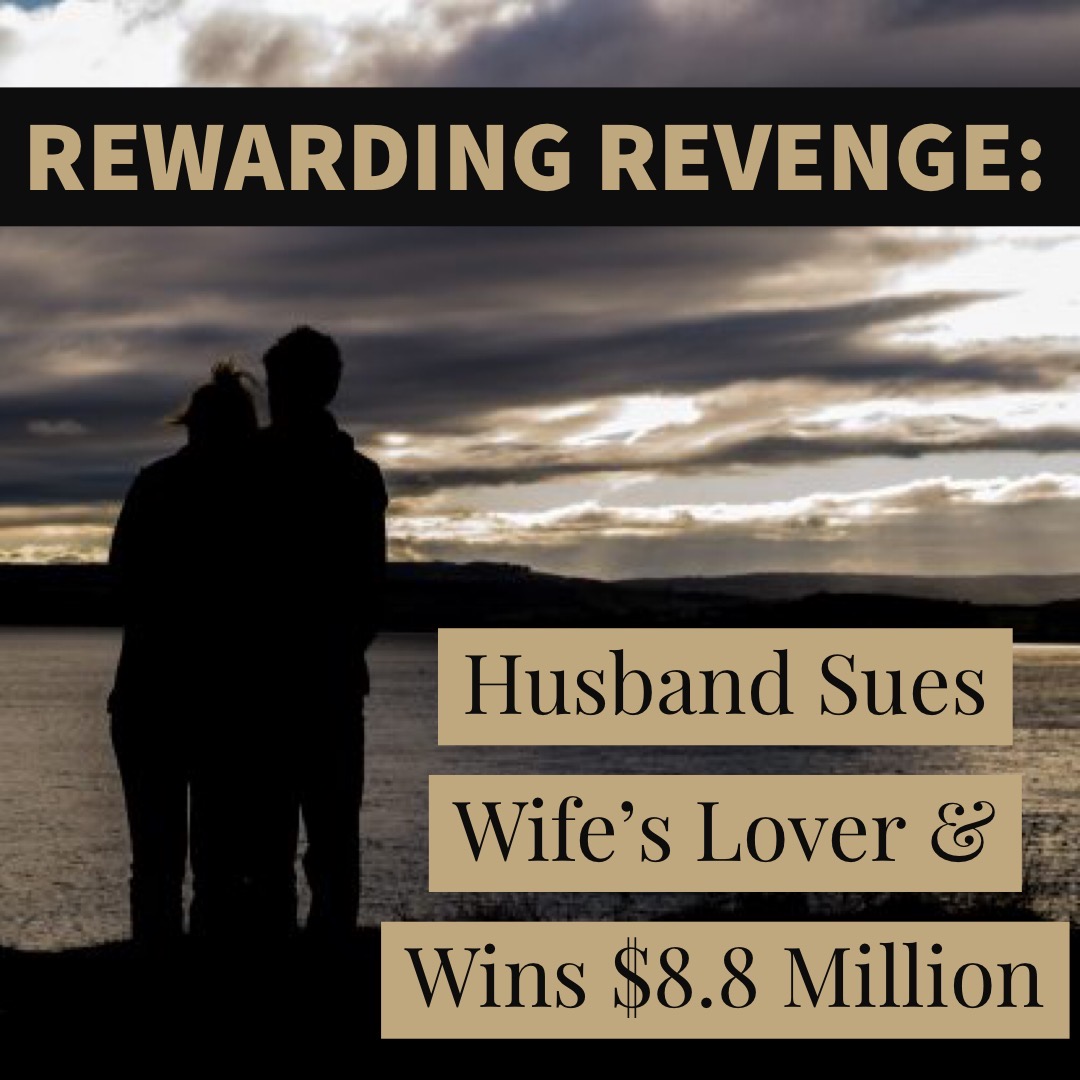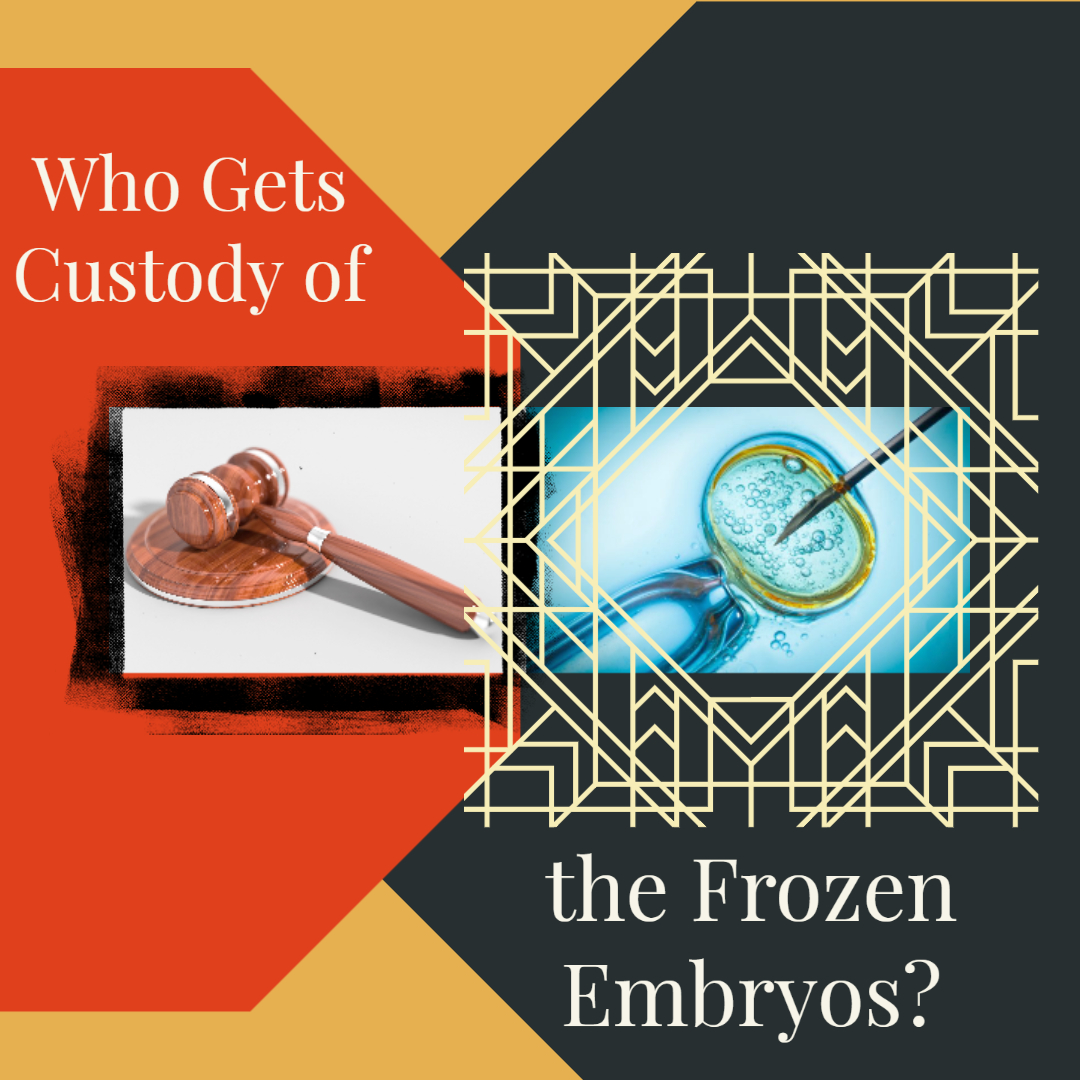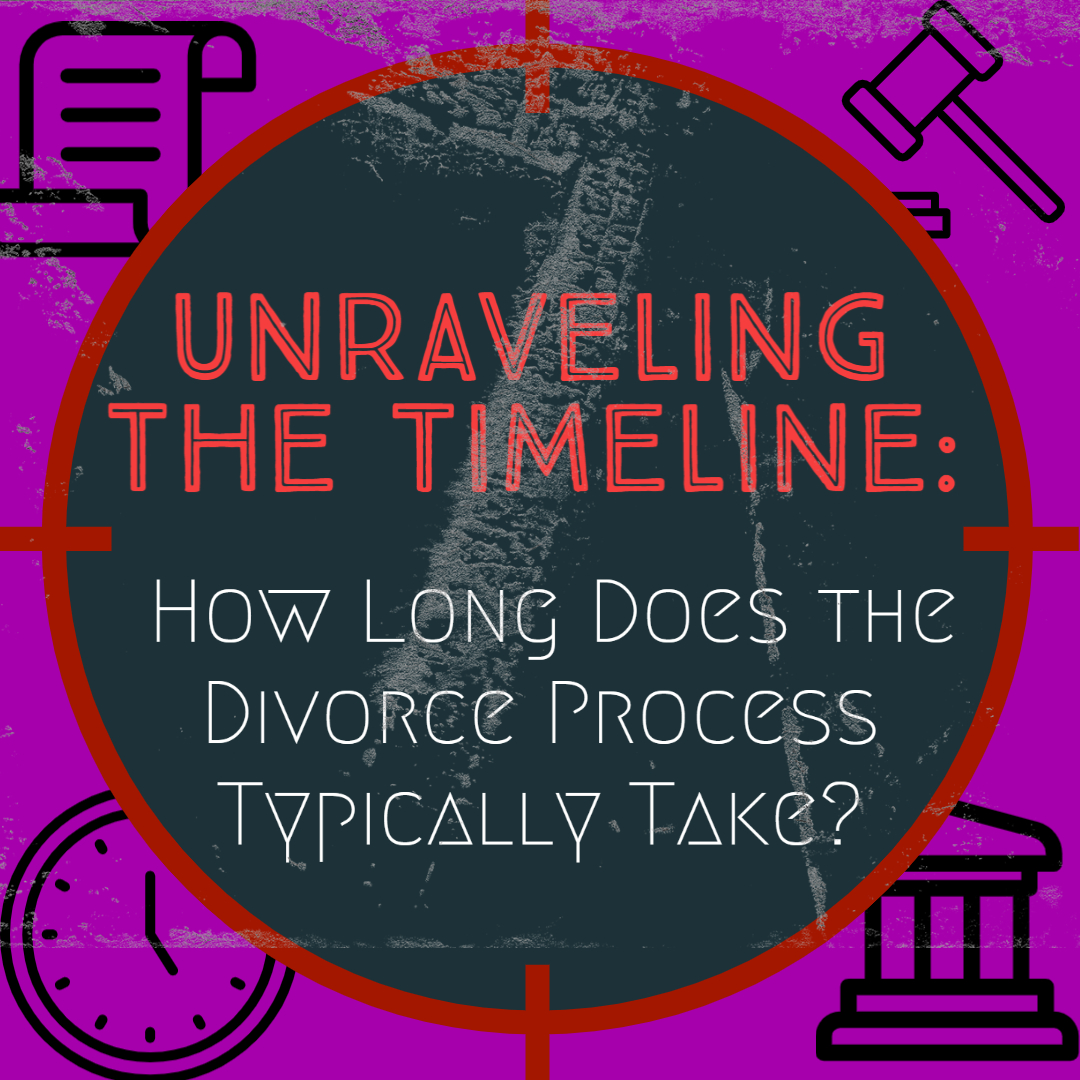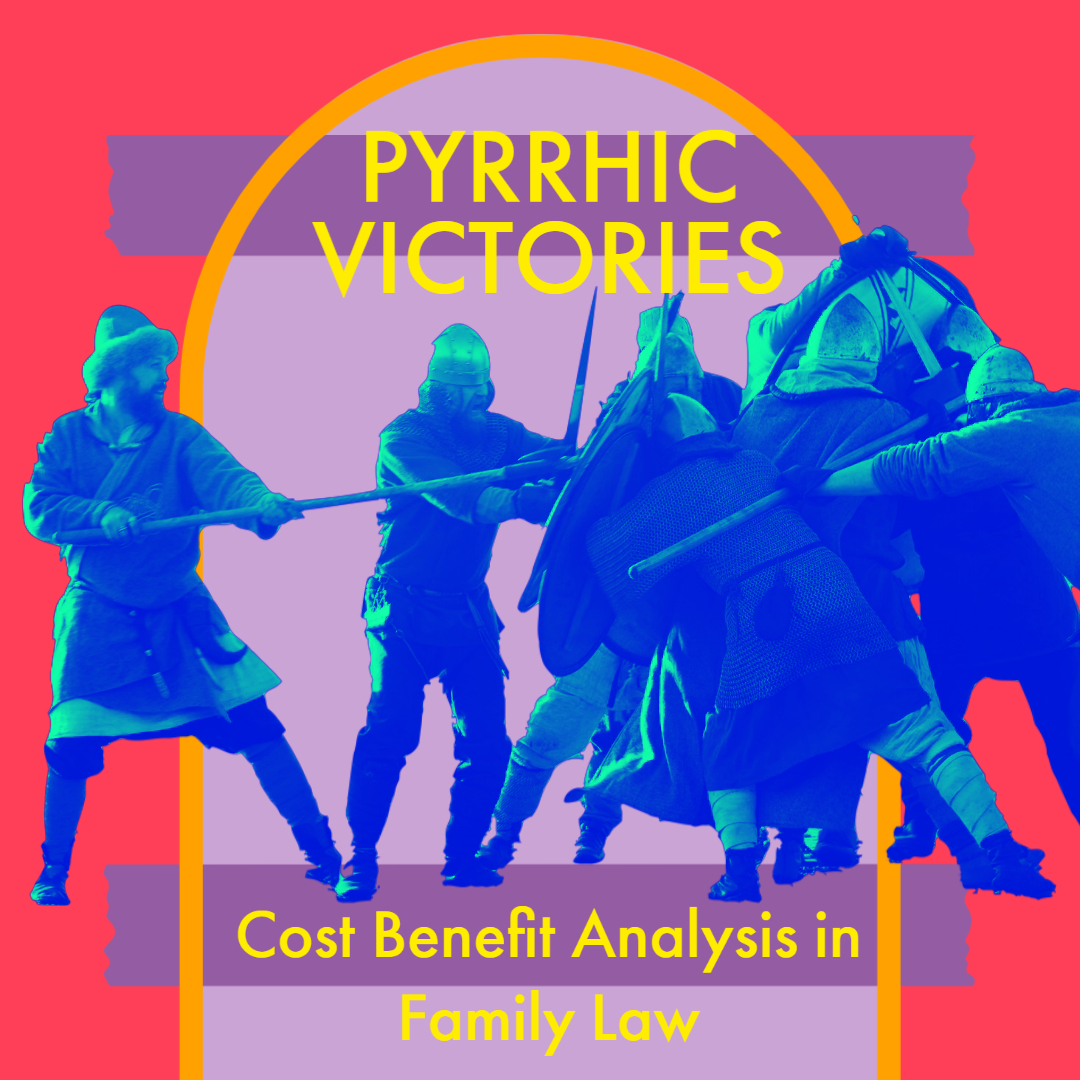For some it would be a dream, literally played out during sleepless nights: Suing your husband’s mistress, making her squirm before a packed courtroom and having the audience gasp as you point your finger at her and say “Isn’t it true, you knew he was married!” This might be justice, and being financially awarded for the pain and humiliation might seem fair.
Recently, in North Carolina, Keith King sued his wife’s paramour and won – $8,800,000 to be exact. The grounds of the lawsuit being Alienation of Affection and Criminal Conversion.
To win a claim of Alienation of Affection, plaintiff must show that: (1) there was marriage with genuine love and affection existing; (2) that the love and affection was alienated and destroyed; and (3) the defendant through his wrongful and malicious acts caused the alienation and destruction. Criminal conversion (synonymous with “adultery”) only requires proof of an actual marriage, and sexual intercourse between defendant and plaintiff’s spouse.
Currently, 6 states recognize Alienation of Affection as a cause of action (Hawaii, Mississippi, North Carolina, New Mexico, South Dakota, and Utah).
New York is credited with being the first state to establish the Alienation of Affection causes of action in 1864. Nearly every state followed suit and adopted it.
By 1935 however, the New York State Legislature abolished Alienation of Affection (along with other similar claims) by enacting what is referred to as the “Anti-Heart Balm Statute.” The original language of the statute made it explicitly clear that the reason for abolishing Alienation of Affection claims was due to:
“having been subjected to grave abuses, causing extreme annoyance, embarrassment, humiliation and pecuniary damage to many persons wholly innocent and free of any wrongdoing, who were merely the victims of circumstances, and such remedies having been exercised by unscrupulous persons for their unjust enrichment, and such remedies having furnished vehicles for the commission or attempted commission of crime and in many cases resulted in the perpetration of frauds.” (Civil Practice Act § 60-b).
This language disappeared in the recodification and streamlining of the Civil Practice Act in 1962 to what is now the Civil Practice Law and Rules (CPLR). Today, the statute just states that: “The rights of action to recover sums of money as damages for alienation of affections, criminal conversation, seduction, or breach of contract to marry are abolished …” (Civil Rights Act § 80-a).
Ironically, North Carolina, briefly abolished Alienation of Affection claims when their intermediate appellate court ruled that it was doing so in the 1984 case: Cannon v. Miller, 322 S.E.2d 780 (N.C. Ct. App. 1984). In their lengthy decision, the court reasoned that the “potential for abuse, the lack of deterrent effect, the difficulty determining causation, and the inappropriateness of recovery for emotional harm predicated on property theory” and “chance of blackmail” made the abolition justifiable.
The highest court in North Carolina disagreed, and reversed and remanded the decision stating that the intermediate appellate court “acted under a misapprehension of its authority” to abolish Alienation of Affection in the state. Cannon v. Miller, 327 S.E.2d 888 (1985). It should be noted that this opinion was a mere three paragraphs long, with no explanation as to why the state should continue hearing such lawsuits.
New York (and most states) do recognize Loss of Consortium claims in the context of derivative personal injury lawsuits. In such cases, family members are compensated for impairment of their intimate relationship with a tortiously injured loved one. A spouse may recover for the loss of services, companionship, or society of a wrongfully injured or deceased spouse. Consortium includes “such elements as love, companionship, affection, society, sexual relations, solace and more.”
Courts have recognized claims for Loss of Consortium between parents and children. However, in New York, the loss a parent may recover from must really come down to loss of services, i.e. financial contributions to the household or medical expenses paid.
One thing is for sure, society has evolved and the law continues to adapt. Alienation of Affection stems from a long history of antiquated property concepts. For about two hundred years in this country, marriage was defined by the doctrine of coverture: A wife’s legal identity was merged into her husband and therefore she could not enter into business contracts, own property, or sue others. She was her husband’s property. New York did pass the Married Women’s Property Act in 1848, which enumerated property rights of married women, but New York did not recognize a husband was guilty for raping his wife until 1984 in the case: People v. Liberta, 64 NY2d 152 (1984).
How we reconcile the difference between Loss of Consortium and Alienation of Affection is a matter of physical injury leading to a loss of income versus emotional ownership and possession of another.
**This post contains attorney advertising. Prior results do not guarantee a similar outcome. **
If you need a Family Law attorney, contact Stephan F. Shattuck, Esq. Call (646) 543-3391 or click here to schedule yourself online for a consultation.
Special thanks to Shayna Williams, Esq., Mindy Betita, and Victoria Frebrer for contributing to this discussion.
Sources:
https://scholarship.law.unc.edu/cgi/viewcontent.cgi?referer=&httpsredir=1&article=3006&context=nclr
https://www.cnn.com/2018/07/31/us/north-carolina-adultery-law-trnd/index.html
Helsel v. Noellsch (Mo. Sup. Ct. 2003) https://caselaw.findlaw.com/mo-supreme-court/1352874.html
https://en.wikipedia.org/wiki/Civil_Practice_Law_and_Rules
People v. Liberta, 64 NY2d 152 (1984) https://h2o.law.harvard.edu/collages/33260
Santoro ex Rel. Santoro v. Donnelly, 340 F. Supp. 2d 464 (SDNY 2004) https://www.courtlistener.com/opinion/2452739/santoro-ex-rel-santoro-v-donnelly/
Hernandez v. Robles, 805 NYS2d 354 (2nd Dep’t 2005) https://casetext.com/case/hernandez-v-robles-24
https://memory.loc.gov/ammem/awhhtml/awlaw3/property_law.html
Douglas E. Abrams, Naomi R. Cahn, Catherine J. Ross, David D. Meyer, Contemporary Family Law (3d edition 2006)
Blackstone (1769)






